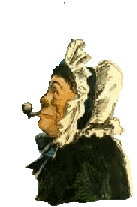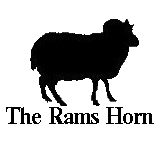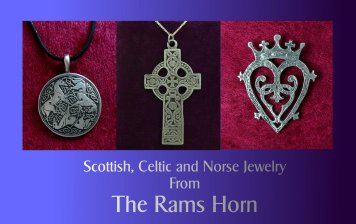HOME | home
Chautauqua Sleigh Rally | Maxwell's Thistledown Kennel | Roadsho Kennels | Beth's Iron Cooking Pages | Twa Corbies | Stedman Corners, NY | Maxwell Family | 7th Annual Jamestown Regional Celtic Festival | Boyle Family Page | Turlough Og O'Boyle | Barpa Langass | Saint Mary's Chapel | Chautauqua County | Photos of Chautauqua | Boyle'sPets | Beth Boyle's Rock Garden | More Garden Photos
Beth's Iron Cooking Pages
Iron 1
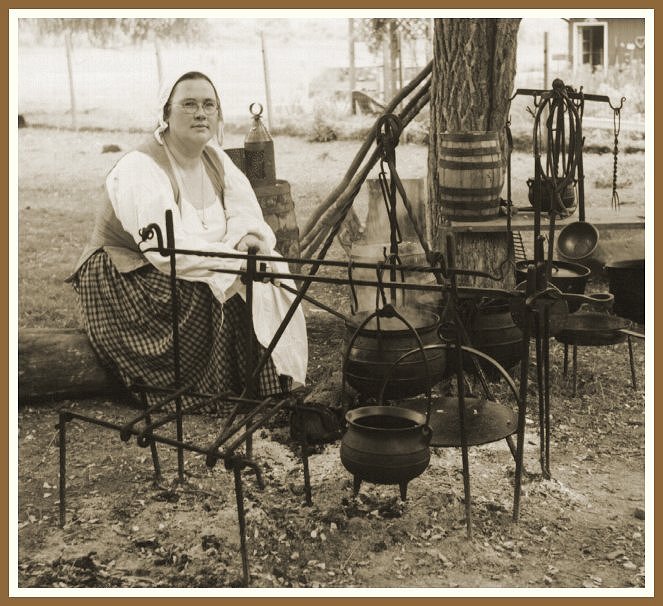


Greetings, my name is Beth Boyle. Welcome to my cooking and collecting iron cookware pages. Cast and forged iron are really the most wonderful items to collect and use. I have produced some photos and information on my collection and how I enjoy them. I also have provided some historical background on ironware made in the USA. I hope you too will collect iron if you do not already. I have both old and new iron and enjoy both cast and forged pieces. I have provided many links to other resources and also have produced a list of cookbooks that may prove useful to you. I shop at second hand stores and flea markets but I have found some fine antiques on eBay as well. Be cautious while bidding as the prices can be high there, however, If you are careful deals are still to be had if you look hard. I'm on a budget and can't pay big prices so I am always looking for iron at respectable prices. I like the early ironware the best but Grizwold, Wagner and other fine makers of latter iron are also great to collect and use! Lodge still makes a fine product too. There are three pages of photos and links here as well as information on the production of ironware. I hope you enjoy what I have laid before you. Enjoy!
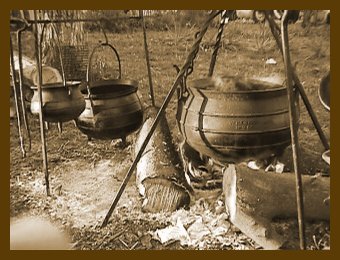
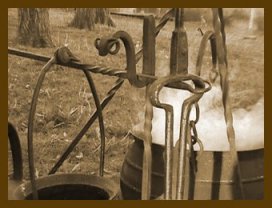
Hanging on a cross piece are two small bulge pots, while a six gallon one hangs from a forged tripod. These are sometimes called gypsy kettles. This style kettle was cast in local foundries all over the US but is a style that came over from England.
I hand turn these chickens on the spit which takes constant watching but I parboil the birds in a bulge pot first so they are cooked to the bone and also take a shorter time to cook. It removes some extra fat too. The spit cooking turns the bird a lovely crisp, golden brown. I often cook corn on the cob in the big kettle. It is a bear to clean after a stew but I love my big pot the best of all!It weighs about 70 lb. when full of water.
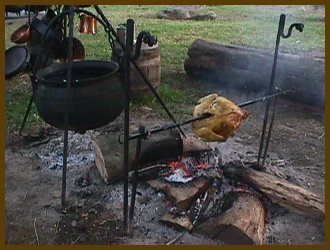
Early pots 17th and 18th Century seldom had a attached handle. They had a bale that was a removable handle as seen in the photo below There were some other types of hook on handles not shown here. By the mid 19th Century pots had a wire bale, a handle like the one pictured, or a forged handle that was not detachable. These are hard to come by now but a blacksmith can forge one without a problem.
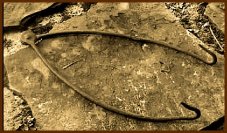
Below are two wonderful hanging skillets meant to be used over the opened fire out-doors or in a fireplace. They are both examples of pans made early in the 19th Century. One is 10 inches the other 12. These were also used for simple baking. This first one has a hook, while the other has a ring to suspend it over the flame. This 10 inch skillet was collected right here in Chautauqua County, NY. Both of these skillets have pouring spouts on one side to drain excess fat or gravy. Also pictured is a flat griddle or girdle for baking, this was also collected in Chautauqua County, NY.
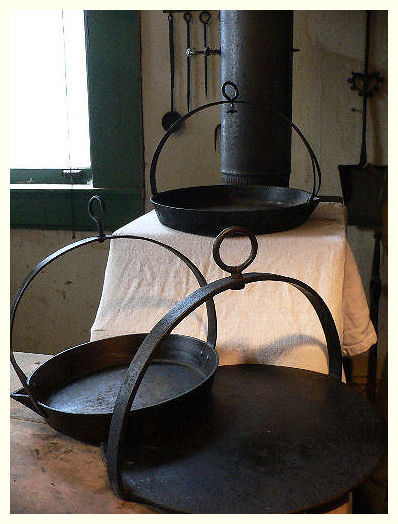
Antique hanging skillets and griddle, often used for baking

Traditional Scottish Recipe:
- Oatcakes/Bannocks
Oatcakes are a very traditional part of the Scottish diet. They were cooked on a griddle (a flat iron pot placed over the fire) but sometimes people today use a heavy frying pan.
Ingredients
4 oz (125g) medium oatmeal
2 teaspoons melted fat (bacon fat, if available)
2 pinches of bicarbonate of soda
Pinch of salt
3/4 tablespoons hot water
Additional oatmeal for kneading
Method
Mix the oatmeal, salt and bicarbonate and pour in the melted fat into the centre of the mixture. Stir well, using a porridge stick if you have one and add enough water to make into a stiff paste. Cover a surface in oatmeal and turn the mixture onto this. Work quickly as the paste is difficult to work if it cools. Divide into two and roll one half into a ball and knead with hands covered in oatmeal to stop it sticking. Roll out to around quarter inch thick. Put a plate which is slightly smaller than the size of your pan over the flattened mixture and cut round to leave a circular oatcake. Cut into quarters (also called farls) and place in a heated pan which has been lightly greased. Cook for about 3 minutes until the edges curl slightly, turn, and cook the other side. Get ready with another oatcake while the first is being cooked.
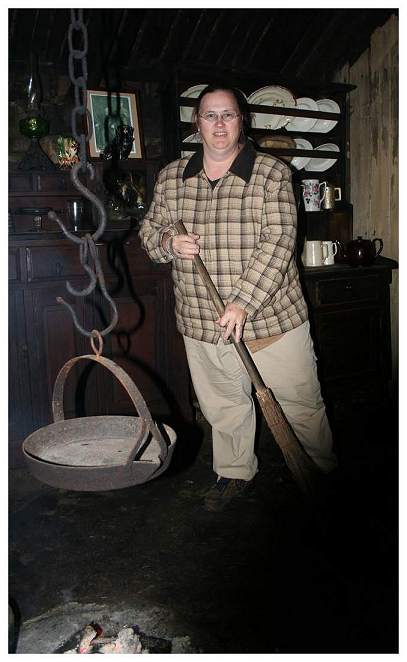
With a heather broom, in a blackhouse, by the peat fire, Isle of Harris, Scotland
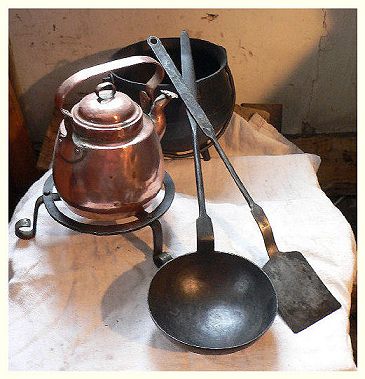
Antique, forged ladle and spatula collected in Pennsylvania
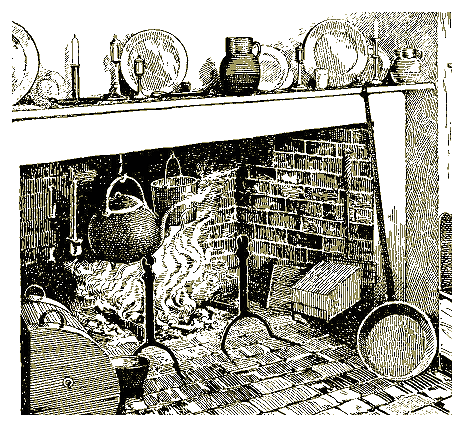 Links
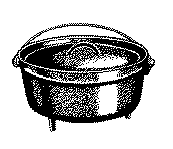 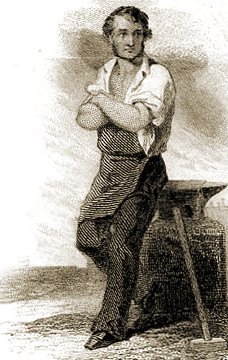  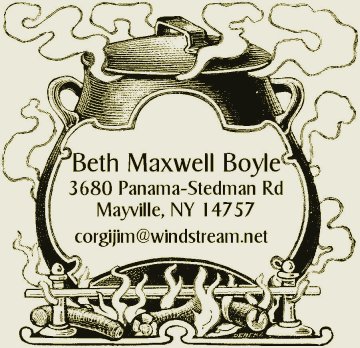 |

No part of this website may be used for any purpose ( including using images ) without written consent from The Rams Horn
